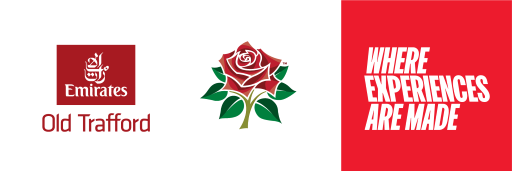By: Lisa Marshall
Companies that promote a ‘human culture,’ where people feel comfortable being themselves, can often be the most successful. Workplaces that casting a focus on employee personalities and their need for different ways of working, often have a highly dedicated and motivated workforce.
This is because the employee feels valued.
Employees who feel valued, produce the best work. Employees who are able to work under their own conditions generate new ideas and come up with different ways of doing things to get the job done. They’re innovative and excited, and they evolve to stay ahead of the competition. They put positive energy into finding solutions.
Companies who undertake a ‘human culture’ environment are finding that it is no easy task to implement, but it is helping them attract and retain the best talent. Which is vital for survival in today’s competitive and digital world. Having a ‘human culture’ means both employers and employees are open to admitting and learning from mistakes, not merely creating a culture of blame.
There are 5 main characteristics of a ‘being human’ culture that a company can adopt to improve staff morale.
1. A clear purpose that everyone understands
This is beyond a mission statement. Everyone in the company should understand the purpose of what they are doing, and how they are contributing to a greater whole. They should be able to express this authentically in their own words.
As humans, we question everything, so as employees it is no wonder we want have questions like, ‘Why should I support what this organisation is trying to do?’ ‘Do I personally want to invest in its growth?’ answered.
Leaders need to take the time to explain ‘the why’ so everyone who is part of team feel personally committed.
2. Authenticity and trust in communications
Messages delivered with authenticity are powerful. When leaders merely present ‘corporate’ messages, they can come across forced. Honest dialogue, and two-way communication between employees and leadership builds trust.
3. Varied and complementary communications
Not everyone learns or processes information in the same way. Some people like to hear messages (live or recorded), some prefer written comms (e.g. emails, or Slack) and various people want to debate!
A company needs to ask itself if it is delivering messages in a variety of ways, to ensure that they reach everyone?
4. Diversity is key
Diversity is one key term that can make or break a workplace and not just in the social sense of the word, although that is important. What really makes a difference is creating an environment where people are comfortable voicing ideas, especially if they are outside the norm. Promoting open forums, either in person or via technology, can give people space to experiment with ideas.
5. A thrive inspiring environment
This means different things to different companies, but with the advancement of technology that allows us to work virtually anywhere, companies should ask themselves, ‘Does this company support people working when they are at their best?’ Could a flexible working approach such as allowing employees who work best in the morning to leave earlier, or supporting those who want to work at home? Are the right feedback structures in place?
These are the five characteristics that Renowned Human Resources and People and Culture expert, Kirstin Furber believes that a company should cultivate to build a human culture, but it is important to remember every company is unique.
Building a ‘human culture’ is comparable to constructing a building. The foundation must be solid, and then it is about everything evolving from within.















